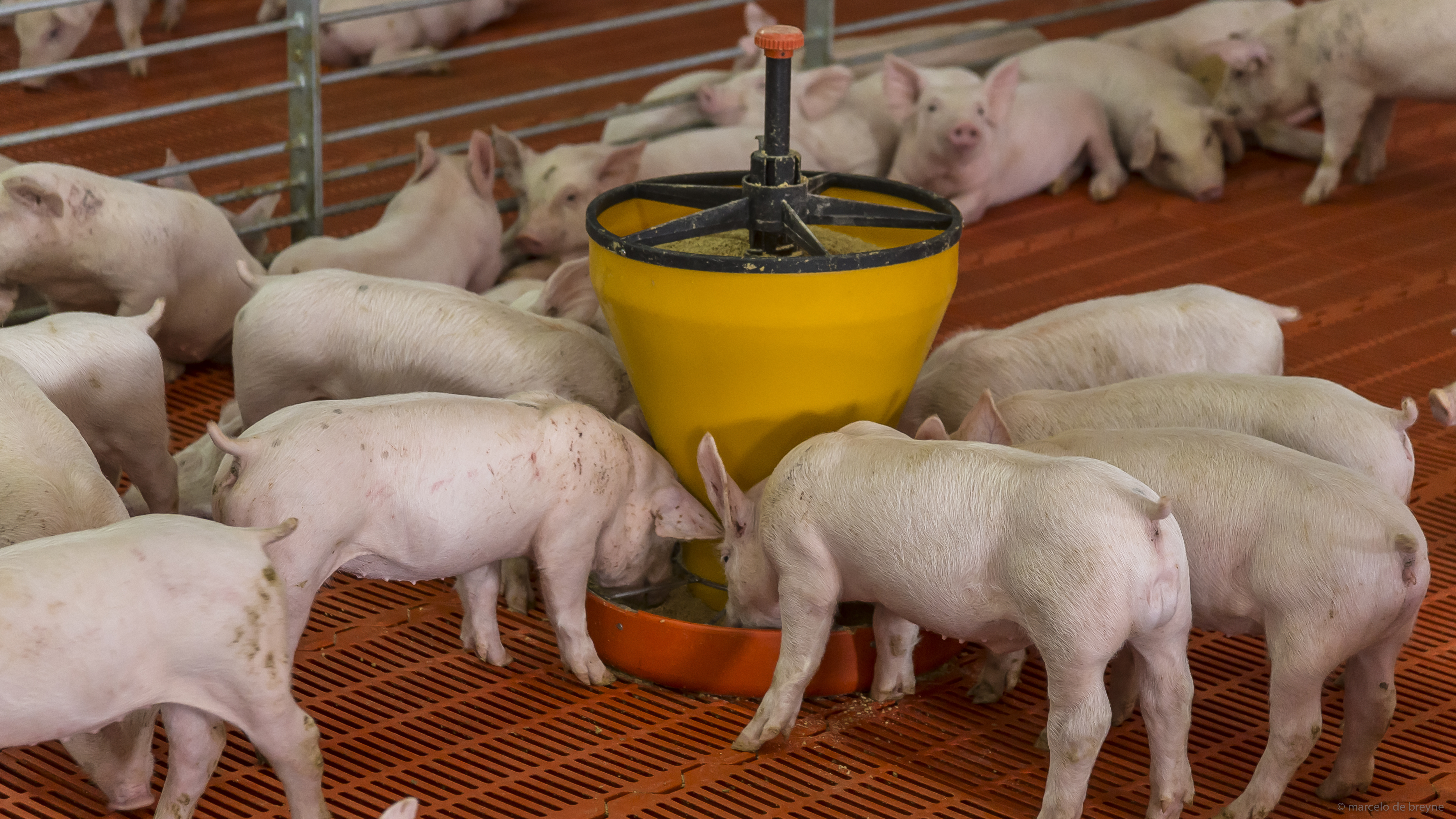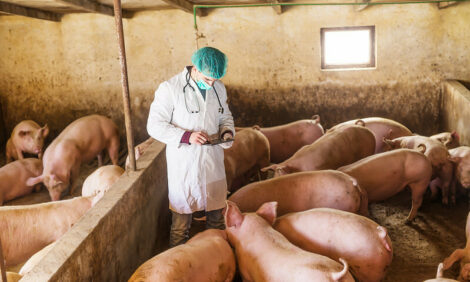



Study identifies way to curb food-associated transmission of ASF
Emerging research shows that glycerol monolaurate can effectively curb the foodborne transmission of African swine fever.New research published in the Journal of Animal Science and Biotechnology provides exciting insight into the fight against African swine fever virus (ASFv).
The research, a collaborative effort between the National Academy of Sciences of Armenia, Sungkyunkwan University, and Natural Biologics, characterised the antiviral effects of individual medium-chain fatty acids and glycerol monolaurate (GML) to inhibit ASFv in solution and in feed.

Feed and feed ingredients have recently been implicated as potential vectors of transmission and spread of ASFv. Effective feed mitigation strategies are urgently needed to reduce the risk of transboundary spread and would improve prospects for global pig production. Hence, this research was undertaken to identify regulatory-compatible, antiviral compounds that could inhibit ASFv infectivity in feed.
“Detailed biophysical studies on viral membranes and their lipid components have led to this new understanding of how GML inhibits ASFv and can be an effective feed mitigant,” shares Dr Charles Elrod, President of Natural Biologics. “The ongoing ASFv epidemic has a major impact on biosecurity efforts and swine production worldwide; this research establishes the science behind a viable opportunity to curb disease transmission.”
The research findings concluded that
- Individual medium-chain fatty acids (C8, C10, C12) and glycerol monolaurate directly inhibited ASFv, reducing virus amount by up to 98 percent at the highest mitigant concentration.
- At lower mitigant concentration, only GML inhibited ASFv and was similarly effective while the fatty acids were not effective.
- GML not only killed ASFv but also exhibited additional mechanisms of antiviral activity, leading to a 99.8 percent reduction in the amount of infective virus.
- In feed, only GML was able to inactivate ASFv, working quickly in as little as 30 minutes. GML severely disrupted the ASFv lipid membrane and membrane-associated proteins, demonstrating that it damages multiple ASFv targets.
Click here to download the full research study on the Journal of Animal Science and Biotechnology. Learn more about the antiviral activity of GML here.

